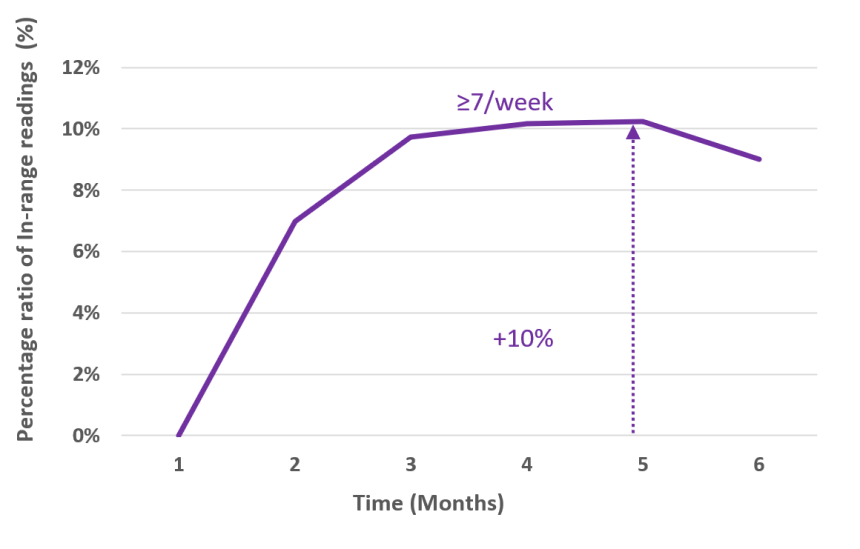Can apps help chronic disease?
Chronic conditions have outsized impacts on the health of Americans and the cost of healthcare. These conditions such as diabetes, hypertension, heart disease, COPD, arthritis and obesity affect nearly half of all Americans and drive more than $3 of every $4 spent in healthcare, and drive hospitalizations, expensive medication usage, absenteeism, presenteeism, disability and premature death. About 40% of Americans have 2 or more chronic conditions. Most of these excess costs are exacerbated by serious and worsening problems in labor force productivity—the number of people required to deliver a unit of care. Given the burgeoning problems of morbidity and cost, it stands to reason that digital solutions might address many of these problems, improving health and reducing the cost of care.
Among these digital approaches are “apps” on mobile phones—and recent research suggests there are now nearly 400,000 of them in major app stores—more than twice as many as in 2015. And data from 2018 suggest that over 60% of Americans have downloaded a health app—the number is surely higher now, and over 90% of mobile phone users keep their phones within arm’s reach at all times, even when sleepingi. If these technologies are so incredible, and there are so many of them, and people are downloading them, why isn’t the health of Americans improving? Why do costs continue to skyrocket?
While there are several contributors to the problem (many applications do not use evidence-based approaches, others require difficult-to-manage connections with other devices) the fundamental problem is clear—engagement is poor. Many firms have historically “gamed” the system by using app install figures to represent engagement—rather than app behavior. One study demonstrated that nearly 3 out of every 4 mobile application users churned out within 90 days, and 1 in 5 users abandoned after a single-useii. Designers have attempted to solve this fundamental problem in many ways—gamification, improving user experience design, and even pushing out notifications and reminders across channels, but engagement rates across the system remain poor. Some firms that are attempting to sell their app-based solutions to employers and health plans also seem to manipulate engagement rates by filtering populations or pre-screening members. Many solutions that started with chatbots have recognized that, at least when it comes to healthcare, engagement in chronic disease requires real human connection, and have later added coaching features to their solutions.
“By applying thoughtful design to the experience rather than the application, we can drive overall engagement.”
Can digital health truly engage? Common sense suggests that people are most likely to do what they perceive as valuable to them at that moment. Behavioral concepts like delay discounting confirm that if a user doesn’t see something as valuable now, the probability of continued use deteriorates. Digital health apps often have fatal flaws in user experience design or violate fundamental truisms in behavioral psychology. The result is that people may view app engagement as a burden — cumbersome, or more effort than it’s worth.

Figure 1: Relative increase in in-range events (70-140 mg/dL) over six (6) months in T2D active Dario users linked to App engagement.
Solving these requires a clear view of what users value and how to provide it to them in real-time. The only effective solutions involve personalization at scale. At DarioHealth, we’ve conducted over a dozen clinical studies of our platform—for example, in one of these, presented at the ADAiii, we found that app engagement was directly linked to in-range glucose readings in diabetics (figure 1). We solve this challenge using an ecosystem approach—understanding that members differ both across populations and over time with respect to what they value. By applying thoughtful design to the experience rather than the application, we can drive overall engagement. A.I. driven member segmentation, informed by billions of behavioral data points and tens of thousands of current users allow personalized journeys inside and outside the application that enhance engagement by leveraging the unique value in combining personalized human and digital connections. Coaching, provider interactions, and third-party integrations are all part of the experience, and all need to be personalized to effectively engage.
The future of healthcare is clearly digital, but human connections remain critical to engagement. The potential is tremendous but engagement, which is the fundamental problem in digital health, will require thoughtful design, thinking beyond the app to the ecosystem, and AI-driven member segmentation to deliver personalized care journeys at scale